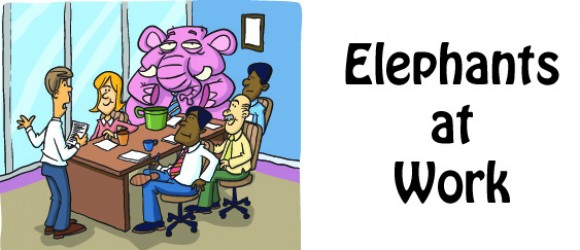How do you know when you should trust someone who wants to do business with you? It could be a colleague, client, vendor, or consultant. You may be looking for their assistance or you want to help them. It could backfire. We have all had one of those experiences. I just got out of one.
If y ou have an unpleasant experience, does that mean you should stop trusting people immediately or is this a great opportunity to figure out where it went wrong? I vote for the latter.
ou have an unpleasant experience, does that mean you should stop trusting people immediately or is this a great opportunity to figure out where it went wrong? I vote for the latter.
Before I get to into what I learned, let us talk about the trust quotient, it measures trustworthiness. Charles H. Green lays it nicely in his post here, with reference material from The Trusted Advisor and Trust-Based Selling
.
The key components of the trust quotient include:

- Credibility
- Results
- Intimacy
- Self Orientation
Quite simply, the more C+R+I, the higher the trust we have in someone as long as S is low.
Each of these factors are equally weighted, however, since there is only one factor in the denominator, it carries greater significance in establishing your trustworthiness score.
There are a number of ways that trust begins to erode such as if our focus becomes me-centered or there is inconsistency with our words, actions or behaviors. According to Green, the more a person focuses on his or her own needs versus their customer or other people’s needs – the lower the trustworthiness score.
Why is the trust quotient so important? It gave me a framework to diagnose the situation and identify where it went wrong. Here is my analysis:
There were some assumptions that did not play out as expected. There was a lack of direct experience working with them. I assumed (I know what they say about word) that they knew how to deliver results and do what they say they will do.
Intimacy was one-sided. This is where I probably read the tealeaves incorrectly from the start. There were clues – but I was focusing on the wrong person. They brought me into their confidence and I was feeling warm and fuzzy. I did not test them with my confidences.
There was a strong me-centered orientation from the other person. This caught me off guard. Know the lines of demarcation on the type of relationship you have with the other person – partner, team member, employee or subcontractor in the project. Differing approaches may set up mismatched expectations with the other person.
Timing, timing, timing. Circumstances create situations where you make a gut call on someone. There was not enough time to gather all the information in the trust quotient to make a informed decision.
Clearly, the trust quotient is going to be a part of my assessment of working with clients and colleagues in the future. It is a powerful and simple equation yielding quick results. If you are interested in learning what your own trustworthiness score is today, take the quiz here.
It may give you some insight into how well your glue is sticking when connecting with others.




Lynn,
What a great explanation, and an even better example of application, of the trust quotient. You are clearly very skilled at sorting through the complexities of interpersonal relationships, and your skilled use of this tool in service to that is very gratifying. Thank you.
Charlie Green